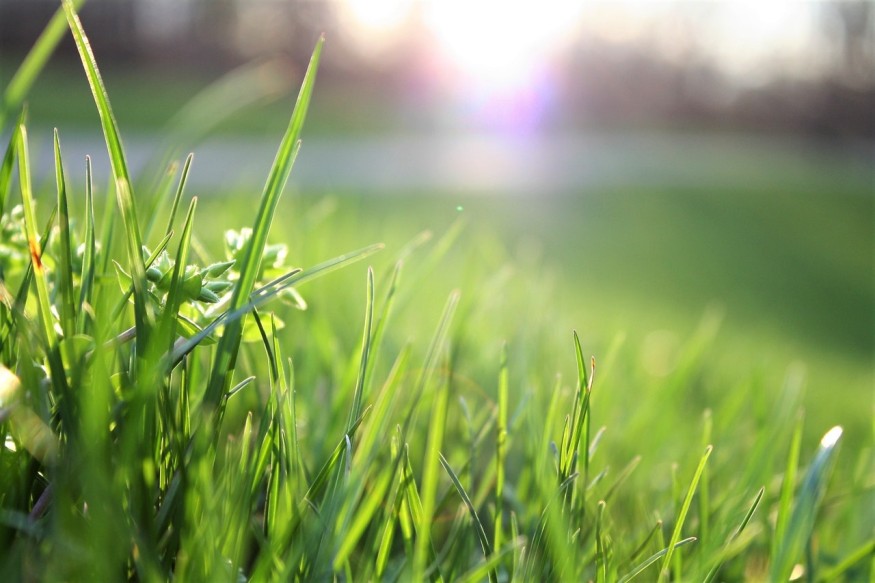
The grass may seem like something easy to grow - it seems to grow everywhere! But then, there's some care to be taken when sowing a new lawn. You need to decide between turf or seeds, the right seeds to use, and then have a maintenance plan in place. If this looks like a lot of work, there's also the option to find a company to do this for you. You can book MyLawnCare Brisbane or any other company in your area that has an excellent reputation to guarantee a good-looking lawn.
Step 1
The first thing to do is to clear the area you plan for the lawn to be. This means removing any rocks, weeds, or plants that are there already. Once these have been removed, consider using a weed killer over the area to stop them from coming back after your grass has been sowed.
Step 2
If the area is compacted, take some time to turn over the soil and create a good environment for the grass to grow. If the soil is too compact, the seeds will struggle to germinate. Use a rake to break up the topsoil, and create an even place to start working.
Step 3
The next step is to even out the top of the soil that has been turned over. This can be done with just your work boots by side-shuffling down the garden, and back again in lines until the area is nice and even. Once done, take your rake and just decompress the first centimeter so the seeds can take up the space.
Step 4
Pick a calm day, if possible, to begin sowing, as the wind can blow the seeds around and make your planting uneven. You can sow seeds by hand if your garden isn't too large. Simply grab handfuls and pace up and down the lawn, spreading the seeds in a 1-meter width in front of you. Work your way up and down the garden until the whole area has been covered.
If you have a more extensive garden, we suggest that you invest in a seed spreader if possible. This will make sure that the spread of seeds is correct and will make the job much faster. You can fill up the spreader with seeds and push it up and down the garden until it's covered.
Step 5
Once you've spread the seeds, take your rake, and lightly go over the whole surface of the soil to mix the seeds into the ground. You don't need to push hard as the seeds need light to be able to germinate.
When you have sown over the whole area, lightly rake the surface to mix the seeds into the soil. The seeds also need light to germinate, so don't rake it in too deeply.
Step 6
Water the whole area if you aren't sure that there will be rain in the next day. The seeds need both light and water to be able to germinate, and if left unwatered, it will dry out. Water generously, but there's no need to waterlog them, as this will only act to wash the seeds away.



